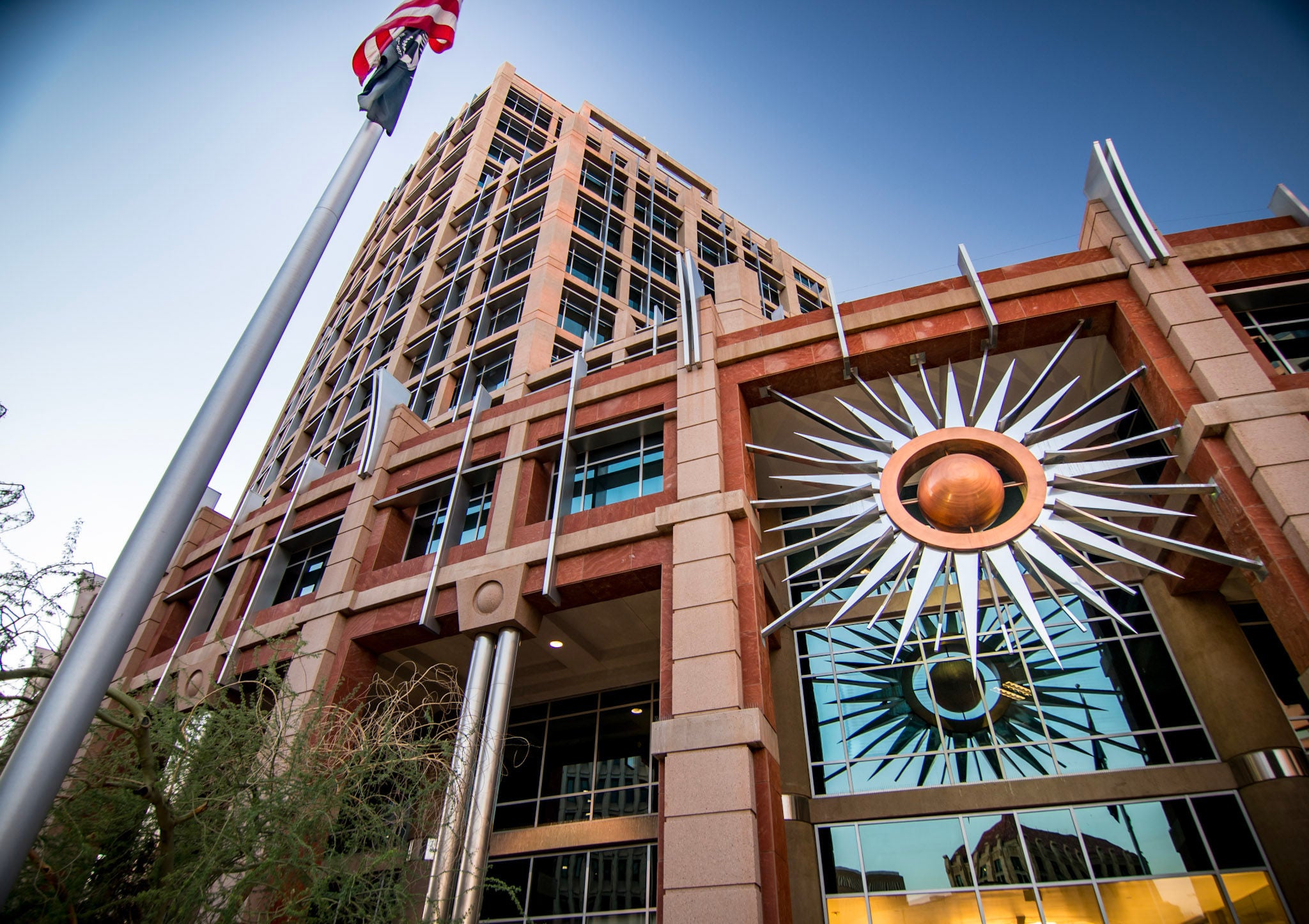Phoenix launches a Citywide food drive to assist residents experiencing food insecurity during the holidays.

National Urban Search and Rescue Response System
Arizona Task Force 1 is one of 28 Federal Emergency Management Agency (FEMA) task forces in the United States. AZ-TF1 team is based in Phoenix, Arizona and both sponsored and managed by The Phoenix Fire Department Special Operations Section.
AZ-TF1 remains in a constant state of readiness for rapid deployment as a Type I or modular US&R resource with competencies in; swift water rescue, technical rescue, structural collapse and heavy rescue, hazardous materials detection, emergency paramedicine, canine live find, and human remains detection.
It is the mission of Arizona Task Force 1 to maintain preparedness for an activation and response to urban search and rescue environments on both a local and national level. To successfully fulfill this mission, AZ-TF1 will continuously build those capabilities necessary to effectively plan, prepare, respond, and perform in those communities overwhelmed by the impact of a large-scale incident.
AZ-TF1 Core Values
- Teamwork
- Health and wellness
- Inovation and empowerment
- Integrity and honesty
- Service excellence
Deployment History
- 1994 Northridge earthquake, Los Angeles County, CA
- 1995 Oklahoma City bombing, Oklahoma City, Oklahoma
- 2001 World Trade Center, New York City, New York
- 2002 Winter Olympics, Salt Lake City, Utah
- 2003 Space Shuttle Columbia disaster
- 2005 Hurricane Katrina
- 2008 Hurricane Ike/Gustav
Additional Links and Information

Contact AZTF1
2430 S. 22nd Ave.
Phoenix, AZ 85009
Phone: 602-256-3435
Fax: 602-534-4349
6:30 a.m. - 5 p.m. M-Th
